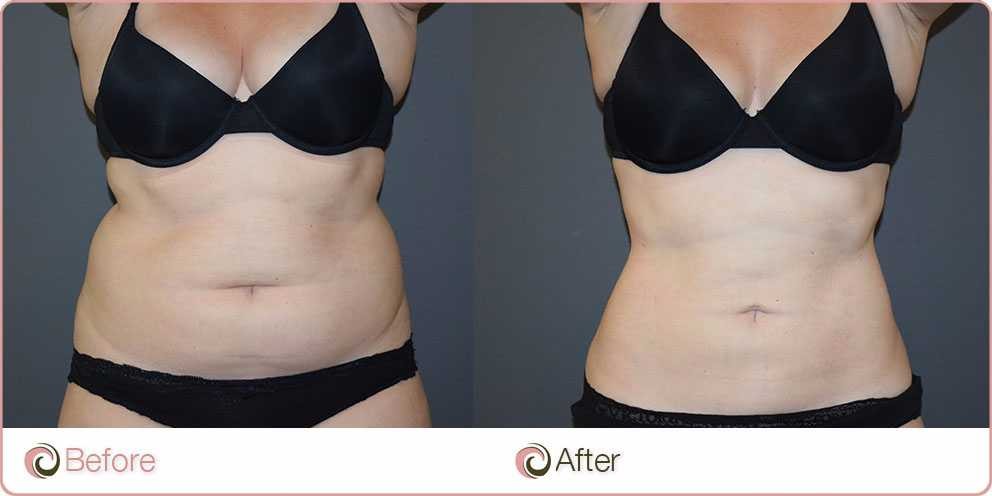It’s not uncommon for postmenopausal women to complain about weight gain and a change in body shape as they age. Along with hormonal changes such as hot flushes, night sweats and aches, an increase in body fat are some of the most cited menopausal symptoms.
But recent research published in the American Journal of Obstetrics and Gynecology has found menopause doesn’t cause weight gain but instead causes a shift in fat distribution.
It was found, postmenopausal women experienced an increase in abdominal fat, however, a decrease in leg circumference. This suggests the fat cells move from other parts of the body to the waistline.
The researchers attributed this shift in body fat is likely to be due to hormonal changes that occur during midlife when women have a higher androgen to oestradiol ratio after menopause.
An increase in abdominal fat results in higher disease risk
Ananthan Ambikairajah, an Australian National University PhD candidate, who led the research, says weight gain can occur in postmenopausal women, but this is likely to be attributed to ageing.
“There’s the decrease in metabolism that happens as people age. People often say, ‘I can’t eat like I used to when I was younger, the excess weight just doesn’t seem to vanish when I eat well’. That’s related to an ageing metabolism.”
The concern about an increase in weight gain around the waist isn’t in vain. Central fat poses high risks for women’s health including an increase in insulin resistance, type 2 diabetes, dementia risk and cardiovascular disease.
Adopting a healthy lifestyle and watching your waistline
These results highlight the importance of women maintaining a healthy weight by adopting a healthy lifestyle even before menopause hits to reduce health risks.
“Total fat mass for men and women should be monitored across the lifespan, but the important thing about this paper is after menopause, more attention needs to be paid to central fat accumulation because that’s the bad stuff,” says Ambikairajah.
In addition to watching the number on the scale, women should monitor their waist circumference through measuring to keep track of the shift in body fat.
Postmenopausal abdominal fat hard to kick
Once the middle age spread occurs it’s not uncommon for women to find it very difficult to kick. The stubborn belly fat is largely due to the fall in oestrogen levels and a slowing of the metabolism; two factors that are difficult to alter.
Reducing calories and portion sizes to a sustainable level together with a regular exercise routine including strength training can lead to weight loss and an increase in muscle mass. This can reduce age-related risks such as osteoporosis.
While diet and lifestyle changes are primary approaches to manage abdominal fat, some individuals may consider other options. It’s important to consult with a healthcare professional to understand all available choices and their implications

Procedures such as liposuction can directly remove some of the stubborn fat cells to reduce the waist circumference and help women get their premenopause body back.
If you are interested in seeing how cosmetic surgery can help with your postmenopausal weight gain, take at look at Cosmos Aesthetics’ procedures list.
You can contact us here for consultations or call us at 1300-138-797 to get in touch with our team of experts for further information.






